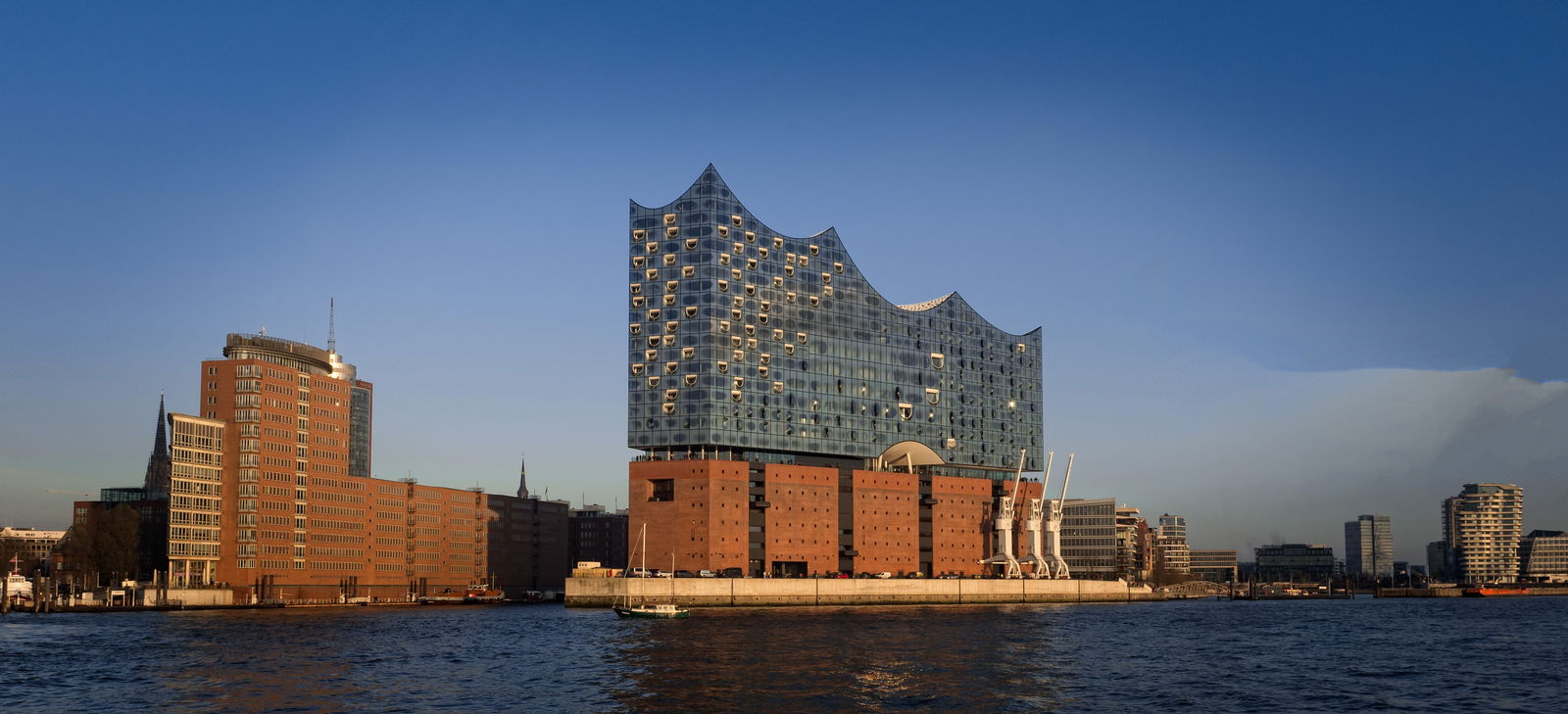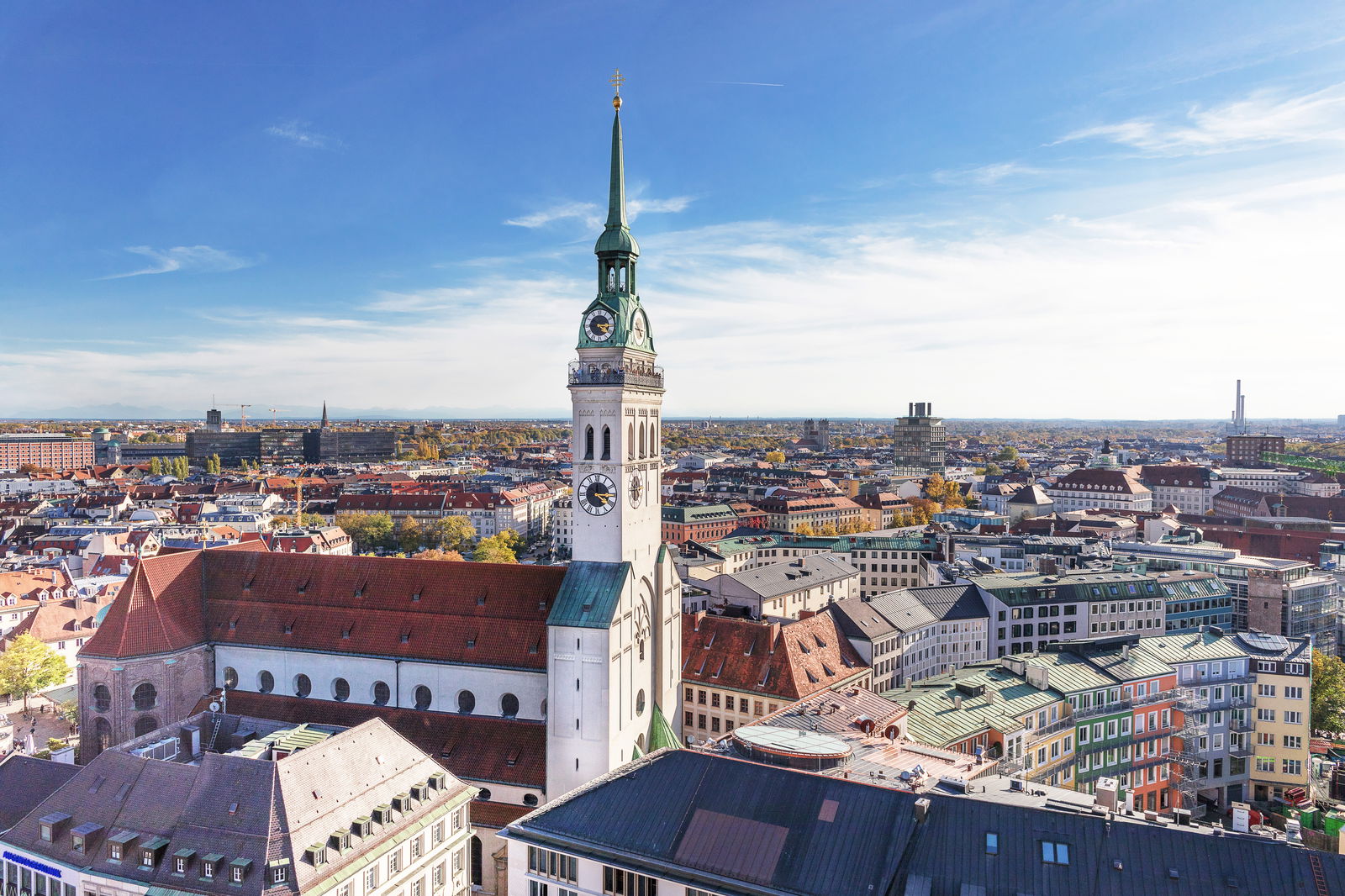Working in Freiburg
Freiburg im Breisgau - Germany's sunniest town

Freiburg is home to the Fraunhofer Institutes for Applied Solid State Physics, High-Speed Dynamics, Mechanics of Material, Physical Measurement Techniques and Solar Energy Systems © encrier / istockphoto.com
Situated at the edge of the hills in southwestern Germany’s Baden region, Freiburg is a gateway city: to the fairy tale Black Forest, to an acclaimed wine-growing area, to the rest of Europe, but also to the future, with a decades-long tradition of promoting green technology and sustainability. Freiburg is also an important centre for academia and has a number of top-notch research institutes to its name, as well as a centuries-old and internationally respected university that excels both in the humanities and sciences.
Updated: 2023-11-07
Freiburg as a research location
Freiburg is a prime location for research in a number of different fields and has a long history of academia. The hub of the academic scene is Freiburg University, established by the Habsburgs in the 15th century, making it one of Germany's oldest. The university is home to 17 scientific centres, 100 scientific facilities that are part of its faculties and numerous collaborative research centres.
The town suffered something of a setback in 2012, when its university was not chosen as a University of Excellence under Germany’s Excellence Initiative, which aims to create a network of universities modelled after the Ivy League.
Still, Freiburg is home to a pair of Clusters of Excellence, which are funded through the initiative, ensuring that the university has preserved some of its erstwhile prestige. Those clusters are the Centre for Integrative Biological Signalling Studies (CIBSS), which conducts research into how cells communicate with each other and how they are influenced by environmental factors, and livMatS (short for Living, Adaptive and Energy-Autonomous Systems), which is focuses on research into bioinspired materials needed for future-oriented environmental and energy systems.
A number of Germany's internationally renowned research organisations have significant presences here. Freiburg is home to the Fraunhofer institutes for Applied Solid State Physics, High-Speed Dynamics, Mechanics of Material, Physical Measurement Techniques and Solar Energy Systems, a globally recognized player in solar energy research, giving it Fraunhofer's largest footprint in Germany, ahead even of much larger cities like Berlin and Dresden. The city is also home to the Max Planck Institute for Immunobiology and Epigenetics and the Institute for the Study of Crime, Security and Law.
History of Freiburg
The Duke of Zähringen founded the city of Freiburg in 1120 with the intention of setting up a free-market town in the area. That, indeed, is the source of the town's name, which translates to something like “free fortified town”.
From the very beginning, Freiburg enjoyed a certain degree of autonomy, and owing to its fortunate location at the intersection of two trade routes, it grew in influence and wealth. This new wealth made possible the construction of the Freiburg Münster, the town's cathedral.
Following the death of the final Duke of Zähringen, Freiburg went through some rocky times. The people of the town didn't like the new count, who raised taxes and restricted the freedoms they had previously enjoyed. The situation came to a head when the residents destroyed the count's castle, triggering a bloody battle. In the end, the people bought their freedom and became part of the Habsburg Empire.
During that period of the town's history, it became exceptionally wealthy and even minting its own coins. When the Reformation arrived in the 16th century, Freiburg made the decision to remain Catholic in an otherwise Protestant area. This meant it saw more than its fair share of bloodshed during the Thirty Years' War as it repeatedly fell in and out of the control of numerous armies.
In more recent times, Freiburg felt the brunt of the Allied Bombing raids, which saw the destruction of much of the city, though the Münster miraculously survived almost untouched. After the war, the town found itself in the French-controlled zone and was rebuilt according to its medieval plans. Freiburg today has grown to become a city of over 236,000 residents.
Advertisement
Living in Freiburg
Green spaces abound for the those who decide to make Freiburg their home. And the sun ensures not only great days, but terrific wines, as well. Freiburg also boasts some stunning architecture and impressively efficient infrastructure.
The town centre is mostly closed to automobile traffic, but an extensive tram network makes it a cinch to get from Point A to Point B. The centre is also characterised by the “Bächle”, a system of rills fed with water from the Dreisam River originally designed to supply water for livestock and to fight fires.
Freiburg has been a college town for hundreds of years now, and the nearly 34,000 students at six institutes of higher education dominate the cultural landscape here. A number of particularly famous and influential names have also studied at the university. Among them are the sociologist Max Weber, the modernist novelist Alfred Döblin and the philosopher Walter Benjamin.
Residents of Freiburg also have plenty to keep them busy. The season for a number of wine festivals, including the best-known, the St. George, kicks off in May. The Münster also plays host to a series of concerts and events throughout the year. The town's location makes it perfect for day trips into the Black Forest or other parts of Germany and Europe, with Switzerland and France only short train rides away.
What Freiburg is known for
Freiburg is perhaps best known as the centre of German eco-politics and as a stronghold for the Green Party. This is manifested not only in the politics, but also in the number of research opportunities for those interested in alternative energy sources.
In 2008, Freiburg adopted the title “Green City,” and has since been recognised as a model across Germany and internationally for its efforts to adopt sustainable and climate-friendly living practices. In 1992, the city became home to a self-sufficient solar house, and it has since become a pioneer in constructing passive and energy-plus buildings.








